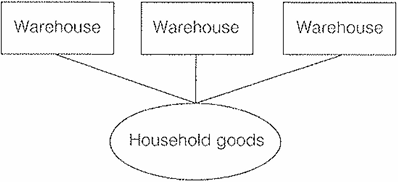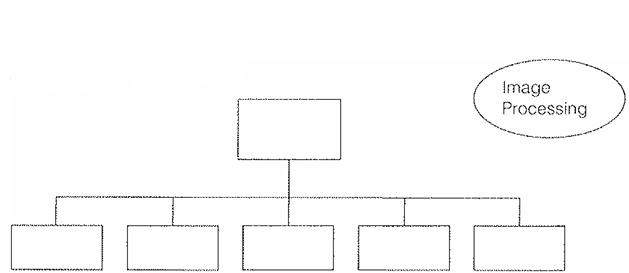

Grammar


Tenses


Present

Present Simple

Present Continuous

Present Perfect

Present Perfect Continuous


Past

Past Continuous

Past Perfect

Past Perfect Continuous

Past Simple


Future

Future Simple

Future Continuous

Future Perfect

Future Perfect Continuous

Passive and Active


Parts Of Speech


Nouns

Countable and uncountable nouns

Verbal nouns

Singular and Plural nouns

Proper nouns

Nouns gender

Nouns definition

Concrete nouns

Abstract nouns

Common nouns

Collective nouns

Definition Of Nouns


Verbs

Stative and dynamic verbs

Finite and nonfinite verbs

To be verbs

Transitive and intransitive verbs

Auxiliary verbs

Modal verbs

Regular and irregular verbs

Action verbs


Adverbs

Relative adverbs

Interrogative adverbs

Adverbs of time

Adverbs of place

Adverbs of reason

Adverbs of quantity

Adverbs of manner

Adverbs of frequency

Adverbs of affirmation


Adjectives

Quantitative adjective

Proper adjective

Possessive adjective

Numeral adjective

Interrogative adjective

Distributive adjective

Descriptive adjective

Demonstrative adjective


Pronouns

Subject pronoun

Relative pronoun

Reflexive pronoun

Reciprocal pronoun

Possessive pronoun

Personal pronoun

Interrogative pronoun

Indefinite pronoun

Emphatic pronoun

Distributive pronoun

Demonstrative pronoun


Pre Position


Preposition by function

Time preposition

Reason preposition

Possession preposition

Place preposition

Phrases preposition

Origin preposition

Measure preposition

Direction preposition

Contrast preposition

Agent preposition


Preposition by construction

Simple preposition

Phrase preposition

Double preposition

Compound preposition


Conjunctions

Subordinating conjunction

Correlative conjunction

Coordinating conjunction

Conjunctive adverbs


Interjections

Express calling interjection


Grammar Rules

Preference

Requests and offers

wishes

Be used to

Some and any

Could have done

Describing people

Giving advices

Possession

Comparative and superlative

Giving Reason

Making Suggestions

Apologizing

Forming questions

Since and for

Directions

Obligation

Adverbials

invitation

Articles

Imaginary condition

Zero conditional

First conditional

Second conditional

Third conditional

Reported speech


Linguistics

Phonetics

Phonology


Semantics


Pragmatics

Linguistics fields

Syntax

Morphology

Semantics

pragmatics

History

Writing

Grammar

Phonetics and Phonology


Reading Comprehension

Elementary

Intermediate

Advanced
The Starting Point/Opening Scene
المؤلف:
BARBARA MINTO
المصدر:
THE MINTO PYRAMID PRINCIPLE
الجزء والصفحة:
127-8
2024-09-17
315
Imagine yourself seated quietly in a darkened theatre. The curtain parts and immediately you see on stage a set depicting a specific place at a particular moment in time. That is the Starting Point or Opening Scene. Then something happens that launches the action of the drama. That is the Disturbing Event.
The same process applies in defining a problem. Only here the curtain opens and you see, at a specific point in space and time, the area of your own or your client's company or industry within which the problem originated. It will likely consist of a structure or a process that you can easily visualize.

You want to sketch the layout of what you see that constitutes the area you are discussing, assuming about the level of general knowledge of the normal reader of Fortune or Business Week. Or alternatively, pretend you are beginning to tell a friend the story of the problem. What would he or she have to be able to "see" to understand what you are talking about.
"Once upon a time there was a company that distributed household goods around the country from three warehouses ...”
He would naturally get an image of the three warehouses set up to distribute goods.

Or you might say:
"Our company consists of a number of independently run businesses, each of which engages in activities in which the new technology of image processing may be appropriate."
And he might get an image like this:

At the Opening Scene stage, you want to keep your visualization simple and your description short. You can expand the prose when you write the actual words of the introduction.